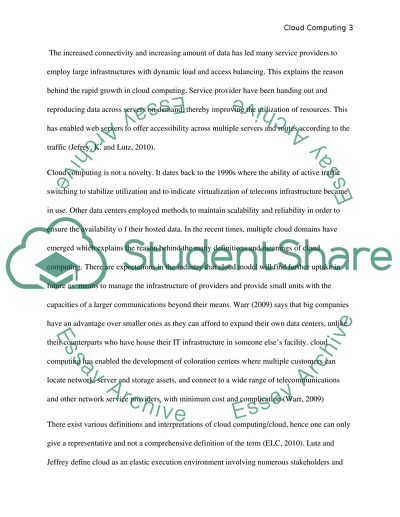Cite this document
(“Which directrion will Cloud Computing take us Essay”, n.d.)
Retrieved from https://studentshare.org/information-technology/1392980-which-directrion-will-cloud-computing-take-us-
Retrieved from https://studentshare.org/information-technology/1392980-which-directrion-will-cloud-computing-take-us-
(Which Directrion Will Cloud Computing Take Us Essay)
https://studentshare.org/information-technology/1392980-which-directrion-will-cloud-computing-take-us-.
https://studentshare.org/information-technology/1392980-which-directrion-will-cloud-computing-take-us-.
“Which Directrion Will Cloud Computing Take Us Essay”, n.d. https://studentshare.org/information-technology/1392980-which-directrion-will-cloud-computing-take-us-.


